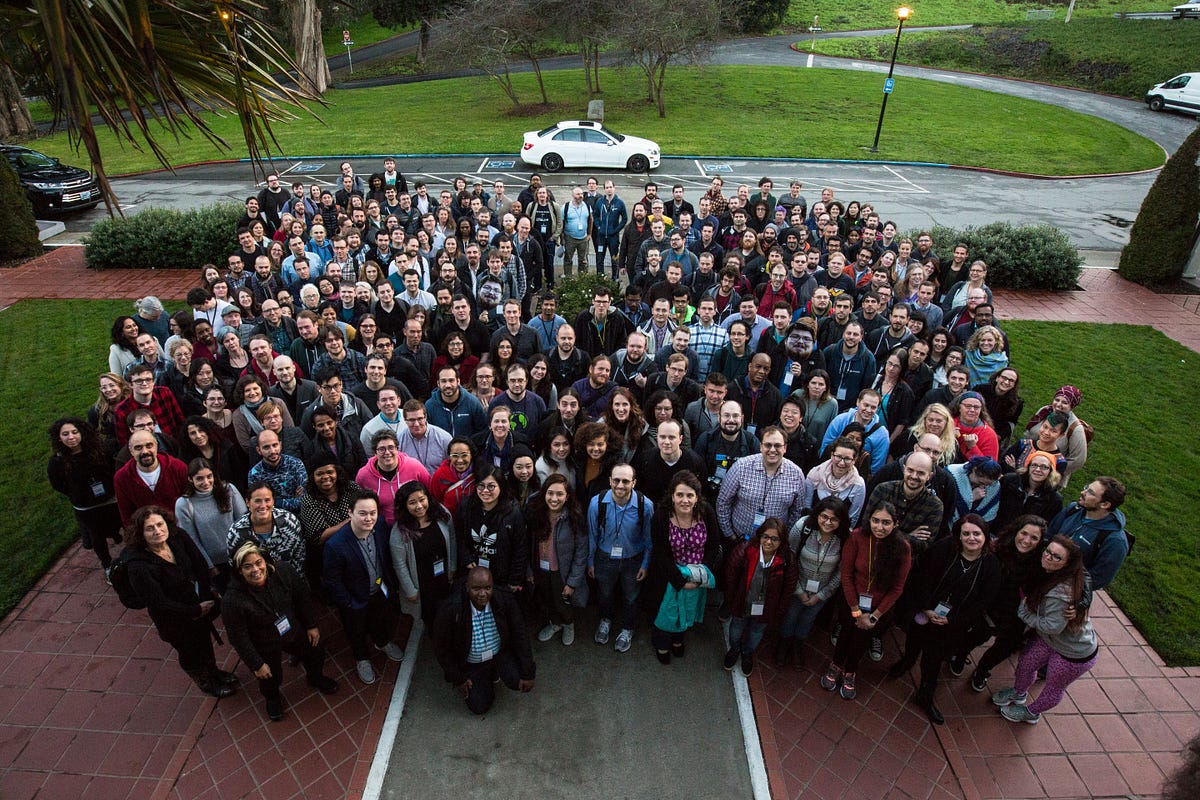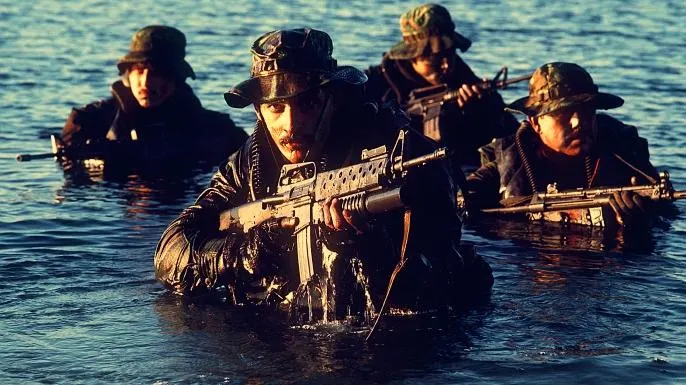SEALs in Somalia
With their leader dead, the terrorist organization is sure to have been weakened immensely.
United States Department of Defense; used with permission by History.com.
A squad of United States Navy SEALs trudging through water, circa 1986.
March 13, 2023
On Jan. 26, the facilitator of the Islamic State of Iraq and Syria (ISIS), Bilal-al-Sudani, in addition to 10 other ISIS operatives, were killed in a counterrorism operation conducted by members of the United States Navy’s SEAL Team Six in the African nation of Somalia.
According to U.S. officials, no casualties were present during the altercation due to “extensive planning and exquisite execution of the plan.” In addition, officials stated that al-Sudani was part of a large network that funded global ISIS affiliates. Al-Sudani had been funding ISIS-affiliated networks located in Africa and throughout the nation of Afghanistan, according to Fox News.
Defense secretary Lloyd Austin confirmed the operation in a statement published the day of the attack, Jan. 26. Austin stated that al-Sudani “was responsible for fostering the growing presence of ISIS in Africa and for funding the group’s operations worldwide, including in Afghanistan.” He then condoned the action, stating that it “leaves the United States and its partners safer and more secure, and it reflects our steadfast commitment to protecting Americans from the threat of terrorism at home and abroad.” In addition to the Department of Defense, the United States Africa Command also confirmed the mission, stating that “protecting civilians remains a vital part of the command’s greater operations to promote greater security for all Africans.”
The operation was coordinated to a tee, referred to by officials as “extraordinary coordination and careful planning across all elements of the U.S. government for many months.” The planning for the operation reached a “critical stage,” with The Pentagon briefing President Biden, Director of National Intelligence Avril Haines, Deputy C.I.A. Director David Cohen, Attorney General Merrick Garland and other senior members of the White House’s national security team. The operation was authorized by President Biden after being satisfied with the answers to his questions regarding the safety of both U.S. forces and potential civilians caught in any crossfire.
There were no casualties present to U.S. forces during the operation. The only injury sustained “was a dog bite by one of our canines on one of our own service members,” a U.S. defense official stated. “That’s how precise and meticulous this operation was.” Another official stated that the operation was a “significant counterrorism achievement,” reflecting “key ways” in which the approach made by the Biden Administration in addressing international terrorist threats has developed. “Our approach starts from the fundamental recognition that the terrorism threat today is more diverse – ideologically diverse and geographically dispersed than it was 20 or so years ago,” the defense official stated.
The force involved in the operation, The Naval Special Warfare Development Group (NSWDG), commonly referred to as SEAL Team Six, is a component of the Joint Special Operations Command (JSOC) attached to the United States Navy. They were formed in 1980 after the failure of Operation Eagle Claw, a failed mission to rescue 53 American hostages who were seized at the U.S. Embassy in Tehran, the capital of Iran.
Seal Team Six, along with Delta Force of the United States Army and the 24th Special Tactics Squadron of the United States Air Force, are the primary Tier 1 special missions units of the U.S. military, and are tasked with undertaking the most complicated, classified and overall dangerous missions that any individual in uniform will ever face. For Seal Team Six, such treacherous missions include counterrorism operations, the rescuing of hostages, special reconnaissance operations and small-scale offensive actions or short strikes against what are often targets of great value and importance. These targets could pose a tremendous threat to national security and as such must be neutralized as quickly as possible.





















